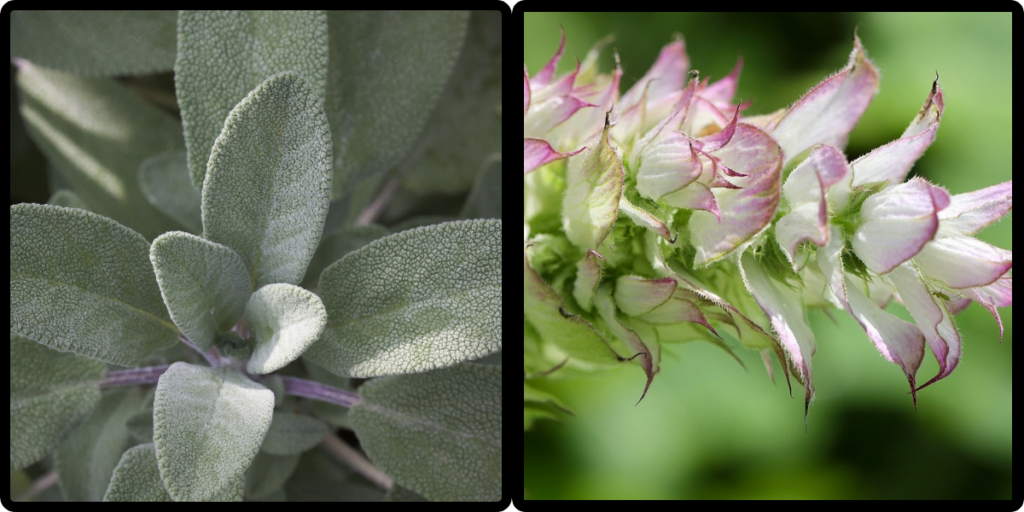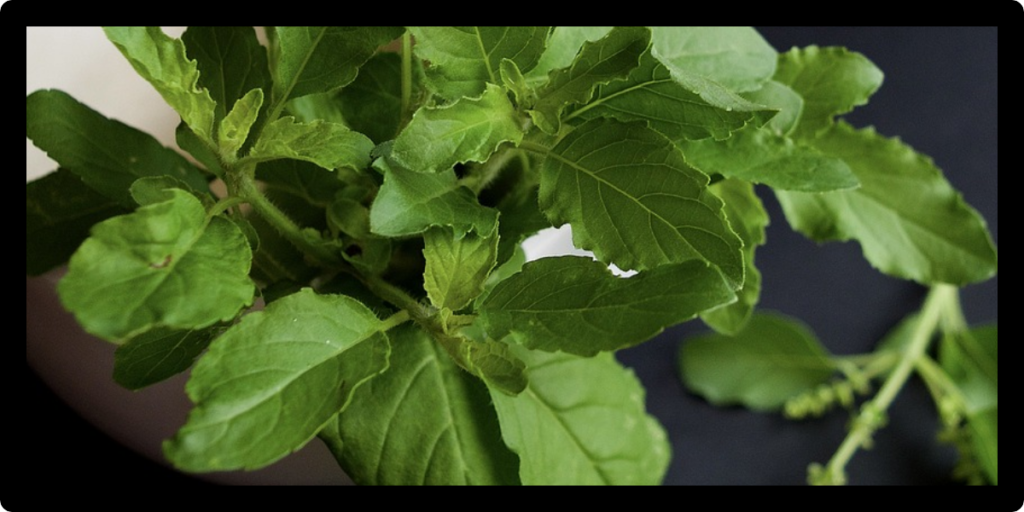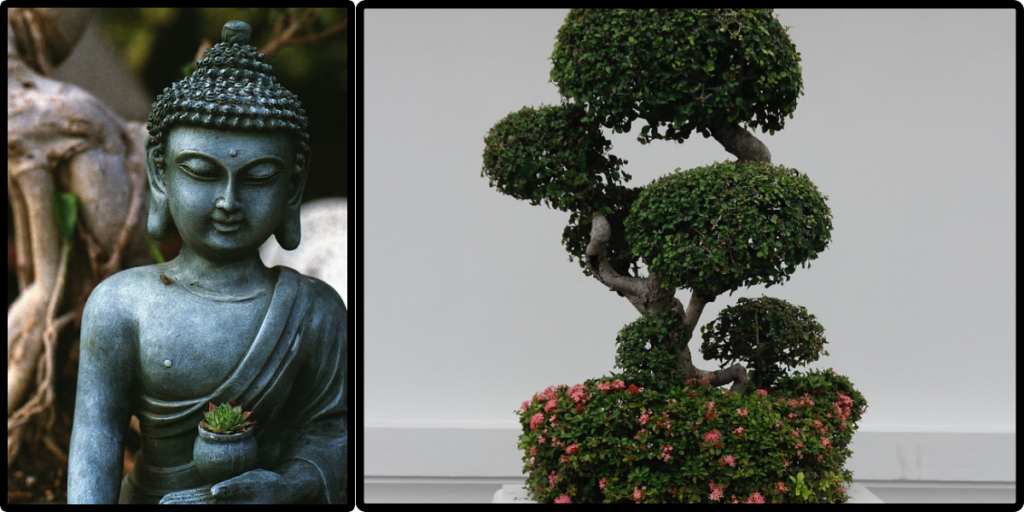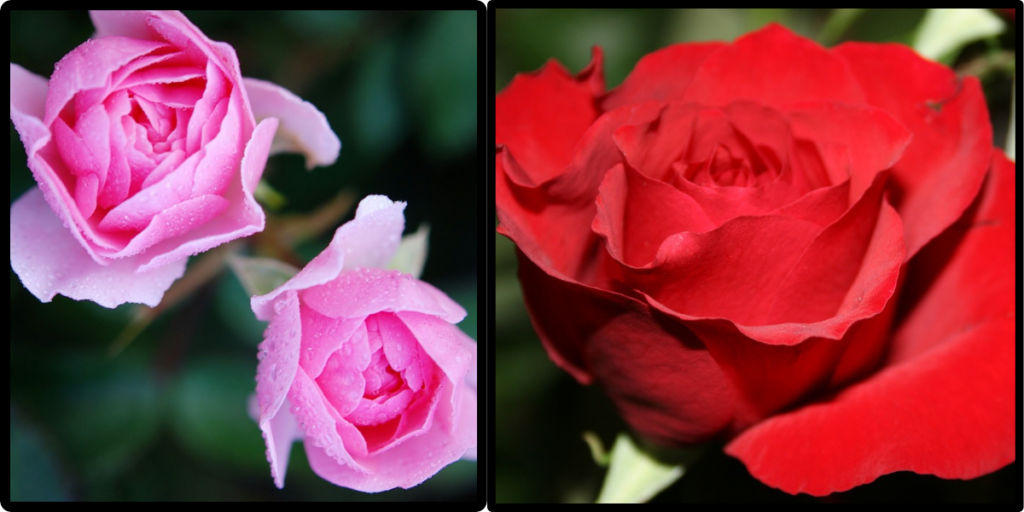GREEN HEALINGS WITH MEDITATIONAL PLANTS

Integrating plants into your meditation and mindfulness practice may boost your outcomes. It could be quicker to acquire a state of consciousness and relaxation when you have plants around because their presence may generate an intimate and calming environment.
The Power of Plants for Meditation and Mindfulness:

INTRODUCTION:
Multiple benefits for both physical and mental health have been attributed to the techniques of mindfulness and meditation. Another asset to our wellbeing are plants. Therefore, it is natural that combining meditation with plants could prove to be an exceptionally successful way to enhance our overall state of wellness.
How using plants can enhance your cognition and meditation strategies
- Create a Tranquil Atmosphere: Plants might help create a serene and relaxing atmosphere in your meditation room. They bring a natural aspect to the scene that could strengthen your perception of groundedness and closeness to the environment as a whole.
- Boost Air Quality: Many plants have been proven to have a knack for detoxifying the air. Having indoor plants is going to improve your meditation space’s air quality, which will make it quicker for you to breathe deeply and refocus on your practice.
- Visual Focus: Focusing your attention on a plant, its leaves, or even the way it moves in response to air can serve as a visual anchor for your meditation. This can be especially helpful for those who find it challenging to meditate with their eyes closed.
- Mindful Care: Taking care of plants requires concentration and focus. Your typical plant care, involving watering, pruning, and affection, might turn into a form of meditation. It encourages you to relish in the moment while cultivating interactions with nature.
- Aromatherapy: Some plants, such as lavender or jasmine, have floral attributes that help improve concentration as well as relaxation. These plants are often harvested to generate essential oils, or you can simply have them in your home and appreciate their peaceful aromas.
- Inspiration: During meditation, the pristine splendor of plants can inspire creativity and mindfulness. It’s probable one will continue considering the cycles that encompass growth and decay, which is a beneficial aspect of mindfulness.
- Symbolism: specific plants have symbolic significance that you might incorporate into your practice according to various spiritual and mindfulness traditions. For instance, in several practices of meditation, the lotus blossom is frequently a symbol of purity and enlightenment.
- Connection with Nature: If you don’t have access to an outdoor meditation space, having plants indoors can help you feel more connected to nature. This connection can deepen your sense of mindfulness and oneness with the world.
- Sound: You may use the rustling of leaves or the soft swaying of foliage due to a breeze as a tranquil background soundtrack while meditating.
Consider adding plants to your routine if you’re trying to increase your mindfulness and meditation techniques. Here are some suggestions:
- Put a plant next to the area where you meditate. This will facilitate quiet and unwinding surroundings for your practice.
- Use watering your plants as a meditation exercise. As you water your plants, pay attention to the moment and take in their beauty and development.
- Design a garden or terrarium. This could represent an engaging and rewarding strategy for learning about nature along with participating in mindfulness exercises.
- Go for a natural stroll. One excellent way to alleviate stress, stimulate creativity, and connect with the present is to spend time in nature.
You will undoubtedly benefit from including plants in your mindfulness and meditation practices, no matter how you decide to do it. So go forth and begin to develop!
Here are some meditation plants and how they can be used:
SAGE:

Sage, often known as “salvia,” has been utilized for both spiritual and therapeutic purposes for millennia in a variety of civilizations. Sage may certainly contribute significantly to your meditation practice if used thoughtfully, despite not being as frequently linked with meditation as some other herbs. In meditation, using sage can help clear negative energy and create a clean, sacred space for your practice.
How sage can be incorporated into your meditation routine:
- Focusing the Mind: Sage’s fragrant qualities can act as a focal point during meditation, helping to focus the mind. Concentrate on the fragrance and the velvety curl of smoke as you engage in meditation in the midst of burning sage. During your practice, this might help you focus and anchor your attention.
- Grounding and centering: Sage has a grounding characteristic that makes it a fantastic meditation tool when you want to feel more at one with the earth and your surroundings. You may discover your core and develop a sense of presence with the aid of the smudging ritual and its earthy aroma.
- Emotional Release: According to some, the aroma of sage has the power to stir up feelings and recollections. This might be a helpful opportunity to reflect and eradicate emotional baggage during meditation.
- Ritualistic aspect: Sage may provide a ritualistic aspect to your meditation practice, giving your meditation sessions a more deliberate and ceremonial tone. For those who value structure and significance in their meditation practice, this may have particular meaning.
- conscious Preparation: Sage preparation may be a conscious and deliberate procedure, from choosing the sage bundle to lighting it. You may do each step deliberately to make the process of entering a meditative state more seamless.
Considerations:
- Respect for Cultural Significance: It’s critical to understand the significance of sage in Indigenous and Native American cultures. If you decide to incorporate sage into your meditation routine, do it with courtesy as well as awareness of its significance and history.
- Safety: Burning sage or any other herb should always be done with caution. Extinguish the sage bundle completely after usage and place the ashes in a fire-safe container.
- Individual Sensitivity: Not everyone likes the aroma of burning sage. Consider your own emotions and preferences when you choose your meditation tools.
In SUMMARY, Sage may be a special and spiritually enlightening addition to your meditation routine. However, it’s crucial to utilize it with respect and attention, making sure that it complements your own meditation tastes and aims.
TULSI:

Religion regards tulsi, also known as Holy Basil (Ocimum sanctum), as a sacred herb that has both spiritual and therapeutic benefits. It has been used for many years in India for its many health advantages and is said to have a profound effect on how one grows spiritually.
How TULSI WILL MAKE YOUR MEDITATION BETTER:
- Spiritual Significance: Tulsi is considered a sacred plant in Hinduism and is often grown in or near temples and homes. Having a Tulsi plant in your meditation space can create a sacred and spiritually charged atmosphere that is conducive to deepening your meditation practice.
- Aroma and Meditation: Tulsi leaves offer a delightful, energizing scent that is good for meditation. Tulsi’s aroma may aid in the development of a tranquil and calming environment for meditation. During your practice, you could take a deep inhalation of its aroma and use it as the heart of your breath awareness meditation.
- Reduction of Stress: Tulsi is well known for its capacity to lessen stress. Before or after your meditation practice, you are able to relax your mind and improve your capacity to enter a meditative state by consuming Tulsi tea or ingesting Tulsi leaves.
- Better Concentration: Tulsi is said to enhance mental clarity and attention. It can help you focus deeper during meditation, which will make it simpler for you to maintain mindfulness throughout your practice.
- Health Benefits: Tulsi is known for its numerous health benefits, including its potential to boost the immune system and reduce inflammation. A healthy body can be more receptive to meditation and mindfulness.
- Ritualistic Aspect: Incorporating Tulsi into your meditation practice can add a ritualistic and ceremonial element. You can offer prayers or gratitude to the plant as part of your meditation, deepening your connection to it and your spiritual practice.
- Tea and Meditation: Tulsi tea is a common option for many meditators. Tea and meditation You may relax and meditate more easily by sipping on a warm cup of Tulsi tea either prior to or following your session.
- Herbal Infusions: Tulsi may be added to herbal infusions with other herbs like lavender, chamomile, or lemon balm to produce a calming and enticing concoction that improves your meditation experience.
Caution and Ideas to Think About
- Tulsi variants: There are several Tulsi variants, each with a tad bit different qualities and flavors. Try out many varieties to determine which one speaks to you the most.
- Respect and Care: If you choose to have a Tulsi plant in your meditation space, be sure to care for it with reverence and respect, as is customary in Hindu traditions.
- Sensitivity: Even though tulsi is often safe for most people, it’s always a good idea to check for any allergies or sensitivities before using it in your meditation routine.
In summary, Tulsi can be a valuable addition to your meditation practice, not only for its calming and focusing properties but also for its spiritual significance and the sense of sacredness it can bring to your meditation space. Whether you choose to have a potted Tulsi plant or consume Tulsi in tea or other forms, it can serve as a beautiful and meaningful companion on your journey of meditation and mindfulness.
BONSAI:

A bonsai plant can be an excellent addition to your meditation practice, offering a unique and contemplative element to your mindfulness journey. A bonsai plant is a miniature tree or shrub that has been carefully cultivated and pruned to maintain a small, compact size while mimicking the appearance of a full-sized tree in nature. The art of growing bonsai, known as “bonsai cultivation” or “bonsai art,” originated in China and was later developed and refined in Japan.
How a bonsai plant can enhance your meditation sessions:
- Symbolism of Growth: Bonsai trees are known for their intricate and deliberate pruning and shaping. They symbolize patience, resilience, and the potential for personal growth. Meditating in the presence of a bonsai can remind you of the ongoing journey of self-improvement and inner development.
- Beautiful Appearance: Bonsai trees are frequently praised for their calming aura and aesthetic appeal. A well-kept bonsai might create an aesthetically pleasing and tranquil ambiance in your meditation place, which helps inspire tranquility.
- Focus and Patience: As a natural companion to meditation, bonsai is a skill that demands both of these qualities. It also calls for patience, focus, and attention to detail. As a meditation practice in and of itself, bonsai pruning, shape, and care may help you develop recognition and the ability to be in the now.
- Symbolism: Bonsai trees are a representation of power, tenacity, and equilibrium. During your meditation, these attributes can act as motivational reminders to help you connect with your inner power and find harmony within yourself.
- Calm and Serenity: The miniature size and delicate beauty of bonsai trees can create a sense of calm and serenity in your meditation space. Their aesthetic appeal can help create a tranquil atmosphere that is conducive to meditation.
- Visual Anchor: You can utilize the bonsai as a visual anchor during your meditation practice. You can stay present and focused by taking in the tree’s multifaceted branches, foliage, and general structure.
- Sensory Experience: A variety of senses can be stimulated by bonsai trees. You may appreciate their aesthetic splendor, feel the texture of their bark and leaves, and even obtain advantages from the oxygen they generate, which will improve the quality of the air in your meditation area.
CAUTION AND CONSIDERATIONS:
- Care Requirements: Bonsai trees need special care, such as appropriate watering, trimming, and sufficient light. Make sure you have the skills and dedication necessary to care for your bonsai properly.
- Selecting the Right Species: Each species of bonsai tree has its own aesthetics and needs for upkeep. Pick a species that complements your interests and the environment of your meditation spot.
- Space: ensure that the bonsai tree has sufficient space in your meditation domain, and think about where to put it to provide it with an appropriate degree of light and ventilation.
In SUMMARY, You may increase your awareness and sense of connection to nature by including a bonsai plant in your meditation routine. You could discover that taking care of this living specimen of art improves every aspect of your meditation experience and raises your sense of quietness and presence if you meditate adjacent to your bonsai.
PEEPAL:

The religiously significant Ficus tree, also known as the Pipal, Peepal, or Bodhi tree, is of tremendous spiritual and theological significance in a variety of faiths, especially Buddhism and Hinduism. It has a well-known connection to the Buddha’s enlightenment and is regarded with esteem in many cultures. An extremely important and spiritually illuminating experience may arise from using a Pipal tree or just being in its presence as a meditation plant.
How the Pipal tree can enhance your meditation practice:
- Historical and spiritual significance: Siddhartha Gautama, who eventually became the Buddha, is believed to have obtained enlightenment under the Pipal tree. You may bring a feeling of reverence and inspiration into your practice by relating to this crucial historical and spiritual event while meditating under a Pipal tree.
- Wisdom Symbolism: In Buddhism, the pipal tree depicts wisdom, enlightenment, and the way to enlightenment. A Pipal tree might act as a reminder of the insights one strives to cultivate through meditation practice.
- Connection to Nature: The Pipal tree’s natural beauty and the shade it offers might help to create a meditatively quiet and tranquil environment. The sound of a plant’s enormous, heart-shaped leaves rustling in the wind could be relaxing.
- A Place of Quiet: The Bodhi tree is frequently connected with quiet and deep contemplation. You can more easily enter a meditative state by meditating under a Pipal tree due to the fact that you may commune with the tree’s belief in tranquility and remain composed while performing so.
- Visual Concentration: During your meditation, you can utilize the Pipal tree as a visual focus. You might help yourself focus by contemplating the branches of the tree, its branches, or even seeing how the shadows and the light interact.
- Connecting with the Buddha’s Teachings: If you follow Buddhist teachings, meditating under a Pipal tree can help you feel more connected to the Buddha’s teachings and the Eightfold Path.
- Offering of Gratitude: As a gesture of gratitude and reverence, you can offer a small ritual or prayer to the Pipal tree before or after your meditation, expressing your appreciation for the tree’s presence and the inspiration it provides.
Cautions and Considerations:
- Respect for the Tree: It’s important to show the Pipal tree respect and take good care of it if you decide to meditate beneath one. Be cognizant of any distinct rites or practices involving the tree in your spiritual tradition and prevent doing anything to harm it.
- Environmental considerations: Act vigilant not to damage any nearby ecosystem or environment while meditating under a pipal tree.
- Local rituals: The pipal tree may be tied to specific cultural or spiritual traditions in various regions. Respectfully preserve these customs and practices by remaining aware of them.
- Accessibility: It’s possible that not everyone has easy access to or can find pipal trees. In these circumstances, you can build a symbolic representation or meditation region employing elements gathered from Pipal.
In SUMMARY, Using the Pipal tree as a meditation plant can add a profound spiritual dimension to your practice and create a connection to the wisdom and enlightenment it represents. Whether you meditate under a Pipal tree or simply incorporate its symbolism into your meditation space, it can serve as a powerful inspiration for your inner journey.
ROSES:

Roses, scientifically known as Rosa, are one of the most beloved and popular flowering plants in the world. They are cherished for their exquisite beauty, captivating fragrance, and rich symbolism. Roses come in a wide range of colors, shapes, and sizes. They typically have five-petaled flowers with a central disc called the receptacle. The petals can be single or layered, creating the classic rose bloom.
Using rose as a meditation plant can create a serene and uplifting atmosphere that enhances your meditation practice. Roses have been valued for their beauty and fragrance for centuries, and they are known for their calming and soothing properties.
HOW ROSES WILL HELP YOU IN MEDITATION:
- Aromatic Experience: The perfume of roses is frequently connected to feelings of love, beauty, and relaxation. You may relax and meditate by establishing a tranquil and pleasant environment in your meditation place by burning rose-scented candles or using rose essential oil in a diffuser.
- Symbolism of Love: Roses have a long history of being connected to compassion and love. You may create sentiments of self-love, love for others, and compassion via the use of roses in your meditation practice, which are fundamental components of many meditation practices.
- Visual Beauty: Roses are extremely appealing flowers, so having them in your meditation area could boost its aesthetic appeal. During meditation, gazing at a bouquet of live roses or a snapshot of roses can prove peaceful and centering.
- Engaging Your Senses: Brewing and consuming herbal tea flavored with roses may stimulate your senses while raising awareness. Sipping the tea attentively while paying special attention to its aroma and fragrance is going to help you stay in the present moment throughout your meditation.
- Ritualistic Element: Preparing and enjoying rose tea can become a meditative ritual that marks the beginning or end of your meditation session. This ritual can help you transition into or out of meditation more smoothly and mindfully.
- Physical Comfort: Rose tea is popular for its relaxing and soothing effects. When you want to unwind and relax, meditation is a great option since it may help lower stress and tension in the body.
- Variety of Rose Types: There are many distinct sorts of roses, each with a distinctive aroma and vigor. To identify the one that most closely suits you and enriches your meditation experience, try out multiple rose varieties.
- Mindful Sipping: Sipping rose tea thoroughly can serve as an aspect of meditation in and of itself, as can being completely aware of every sip and whatever emotions it arouses. To truly enjoy the flavors and the relaxing warmth of the tea, it inspires you to be in the moment.
When incorporating roses into your meditation practice:
- Choose a quiet and comfortable space for meditation.
- If using rose incense or essential oils, ensure proper ventilation and use them safely.
- Prepare rose tea mindfully, paying attention to each step of the process.
- As you sip your tea or enjoy the aroma, focus on the sensations, and use them as a focal point for your meditation.
In summary, Incorporating roses into your meditation practice can add a sensory and ritualistic dimension that deepens your mindfulness, making your meditation sessions more enjoyable and spiritually enriching.
CHINESE EVERGREEN:

Aglaonema spp., sometimes known as Chinese evergreen, is a common alternative for meditation plants. It is a low-maintenance plant with alleged meditation benefits. The glossy green leaves of this plant are thought to help cleanse the air and encourage peace. The plant also helps relieve anxiety and stress by cleaning the air.
Chinese evergreen is recommended as a suitable meditation plant for the following reasons:
- Air Purification: Chinese Evergreen is an ideal plant for cleaning the air and is well-known for its capacity to eliminate pollutants. A healthier and more favorable environment for meditation can be enhanced by cleaner air.
- Visual Appeal: The thick, colorful foliage of Chinese Evergreen may bring a touch of natural beauty to your meditation room, resulting in a pleasantly aesthetic and restful environment.
- Sense of Nature: Even while practicing inside, having a living plant in your meditation space may make you feel more a part of nature. Being connected to the natural world can help individuals feel at ease and centered.
- Aroma and Humidity: Some varieties of Chinese Evergreen have a mild, pleasant fragrance. The plant also releases moisture into the air, which can help maintain optimal indoor humidity levels for comfort during meditation.
- Non-Distracting: Chinese Evergreen is a low-maintenance plant that doesn’t require constant attention or care. Its non-distracting presence allows you to focus on your meditation practice without being preoccupied with plant care.
Some tips for using Chinese evergreen in meditation:
- Placement: As direct sunlight may burn the plant’s leaves, pick a good location in your meditation area where the plant may get filtered or indirect sunlight. Make sure it’s visible and reachable but not in the way when you’re in your meditation position.
- Care: Although Chinese Evergreen is very low-maintenance, it still needs periodic maintenance. When the top inch of soil feels dry, water it. Some of you ought to also occasionally clean the leaves to get rid of dust. If the plant is well provided for, it will flourish and improve the surroundings.
- Mindful Interaction: Take a moment before or after your meditation practice to observe the Chinese Evergreen. Connect with its presence, appreciate its beauty, and use it as a focal point for grounding and mindfulness.
In summary, Chinese Evergreen’s presence can have a beneficial impact on the atmosphere of your meditation room, even if it may not specifically have any meditational or spiritual implications. It adds value to your meditation space and creates a peaceful and supportive environment for your practice thanks to its air-purifying properties, relaxing aesthetic appeal, and connection to nature.
As you create your green meditation sanctuary, remember that the relationship between plants and mindfulness is a deeply personal one. Choose the plants that resonate most with you, and allow them to guide you on your path toward serenity, balance, and green healing.





Very informative and useful content in today’s modern era.